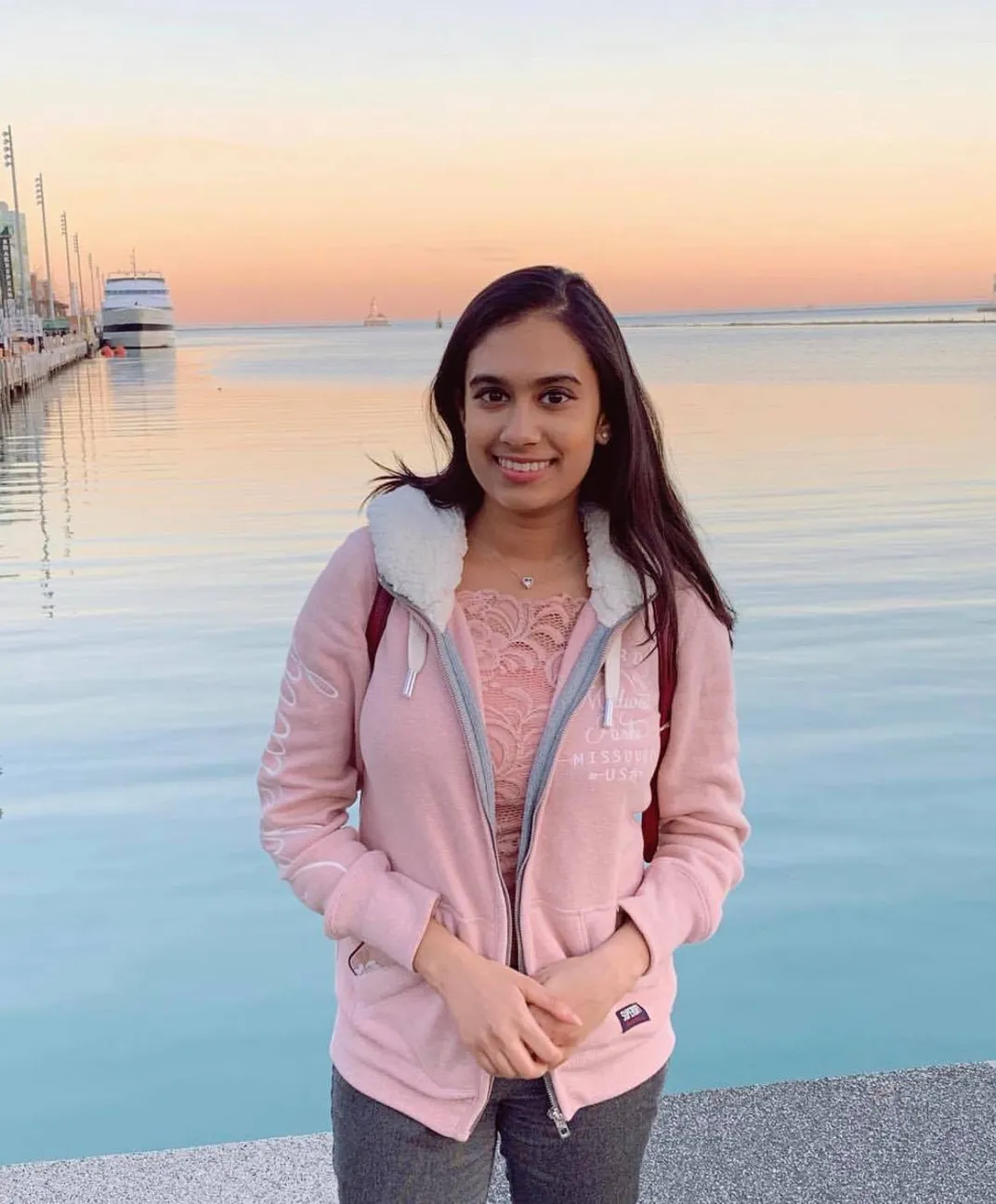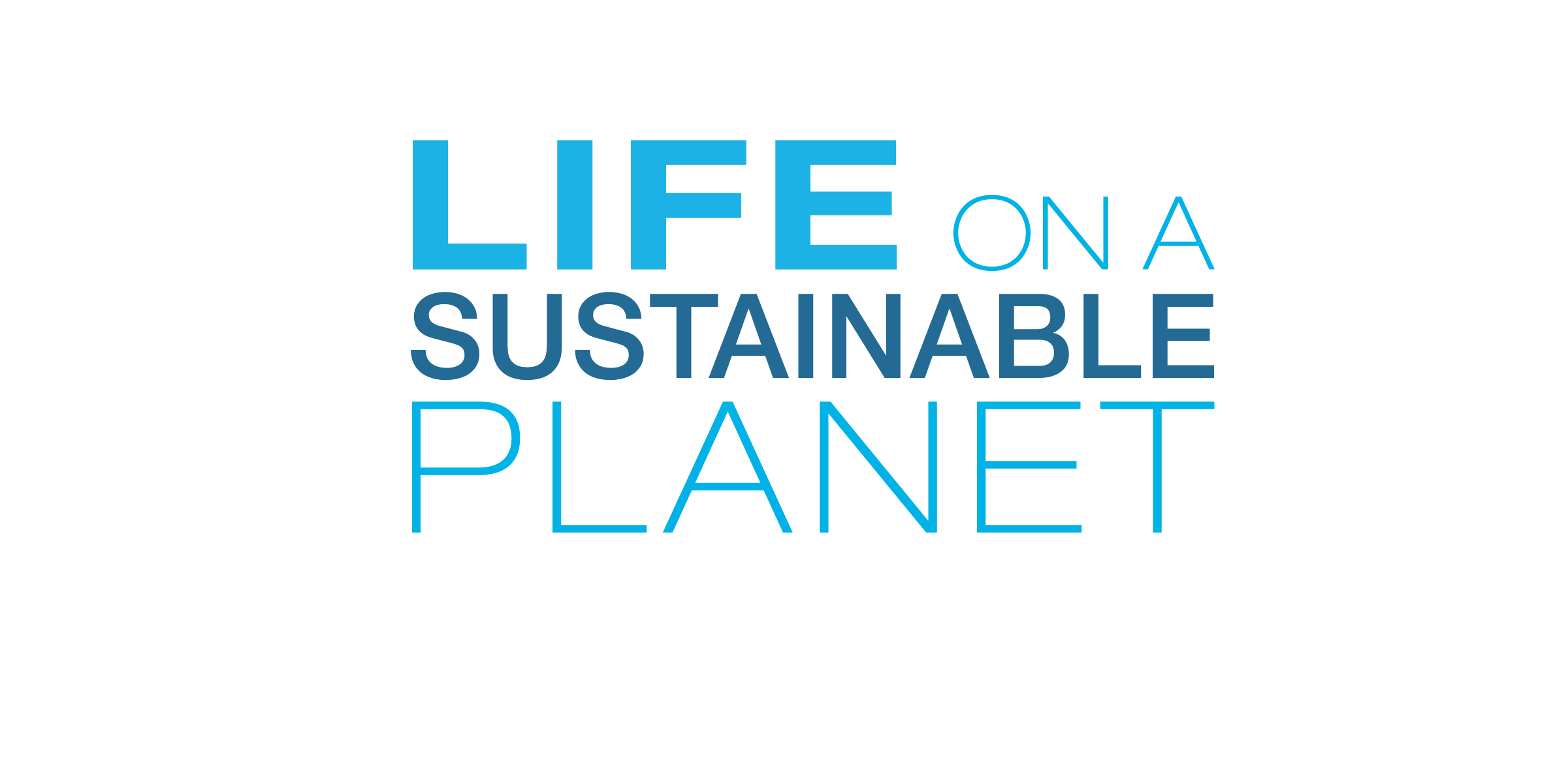Meet Sruthi Gurudev: Aspiring Eco-Journalist and Ocean Conservationist
Sruthi Gurudev’s love for the ocean has led her to pursue a career in saving it. From serving as a Global Goal ambassador in her community to becoming a National Geographic Young Explorer, Sruthi’s commitment to the sea and the planet has helped her find a path into conservation. She is currently heading up an exciting project in the form of an e-magazine called “An Hour in the Deep,” which uses eco-journalism to promote youth engagement and innovation in ocean conservation.
/https://tf-cmsv2-smithsonianmag-media.s3.amazonaws.com/blogging/featured/Sruthi2.jpg)
Sruthi Gurudev’s love for the ocean has led her to pursue a career in saving it. From serving as a Global Goal ambassador in her community to becoming a National Geographic Young Explorer, Sruthi’s commitment to the sea and the planet has helped her find a path into conservation. She is currently heading up an exciting project in the form of an e-magazine called “An Hour in the Deep,” which uses eco-journalism to promote youth engagement and innovation in ocean conservation.
The Smithsonian Conservation Commons’ Olivia Garcia spoke with Sruthi to learn more about the power of storytelling through her ocean conservation e-magazine “An Hour in the Deep” and the important impact of youth conservationists from all backgrounds. Sruthi’s interview is a part of an ongoing series to highlight the stories of emerging leaders in conservation as part of our Earth Optimism initiative.
What fascinates you most about our oceans?
When you think of biodiversity and varied environments, you initially think of what's above land. But there's so much to be discovered underwater, from the polar regions to the tropical waters to the hydrothermal vents in the deep sea, which hold incredibly resilient, wondrous life forms.
I’m especially interested in how life underwater will adapt to the warming oceans and forecasting how these environments will ultimately change in the coming years.
Tell us a little bit about your journey into conservation work.
When I was 16, I went diving in the Great Barrier Reef off the coast of Cairns, Australia. What I saw there was clear evidence of the effect climate change had on the ocean. It was a harrowing sight- the coral reefs were bleached, and the expanse that stretched before me looked skeletal. Typically we think of reef structures as these abundant ecosystems, and while it was still hosting a lot of life, it didn’t have the vitality that I thought it would have. It was so dissonant with the image in my head, and I couldn’t forget it.
As I have always been interested in consuming photojournalism and reading articles, I began collecting more information. The more I read, the more I was compelled to actually do something instead of sit around bemoaning the state of the world.
I joined the United Nations Association of Chicago as an ambassador of Global Goal 14, and the role forced me to bring my ideas to fruition. When considering how a single hour spent underwater could be so significant, I knew I had to evoke that feeling for other people.
My ideas all coalesced into a youth-led e-magazine called “An Hour in the Deep.” Now, I’m a National Geographic Young Explorer, and building this e-magazine from the ground up.
What is the UNA of Chicago and how has your role in the organization impacted your community?
The United Nations Association organization is a group of volunteers who serve as ambassadors of the UN Global Goals. For example, my goal is Global Goal 14, Life Below Water. What you do is advocate for whatever goal that you represent by working in your community to bring attention to it. You spend a year in the position (or more) doing projects.
Being a part of these organizations has given me a sense of accountability because I am responsible for something. When you think about such a lofty goal like conserving the ocean, it can be hard to know what standard to hold yourself to. You think, “Where can I make my mark? Where can I carve a niche? And how can I hold myself accountable to follow through?” If you join a group of like-minded people, you share each other’s passion, and you’re inspired by each other. You are now held responsible to keep your word and that is a great motivation. People are watching, and often counting on you.
From your experience producing an e-magazine and being involved in eco-journalism, how do you see storytelling as a tool for tackling climate issues?
Storytelling undoes that dichotomy between science and art, and I think that's incredibly important. It bridges cold facts and figures with personal narratives, and concurrently uses the elements of logos, ethos, and pathos to move people. Secondly, storytelling appeals to one of our base instincts: to recognize and appreciate the beauty of the natural world.
I experienced this when I started following the work of underwater photographers. They told these stunning visual stories of remote places (Arctic sea ice, kelp forests, cenotes) that I couldn’t previously conceive of. The scenes were otherworldly, and showed me how much of the ocean I knew nothing about.
Ultimately the power of storytelling is reflected in its ability to convey urgency. If it can evoke a sense of wonder and passion among readers, it can just as easily compel us to work fast and mobilize against the forces of climate change.
Do you have any advice for young writers who are interested in getting into eco-journalism?
My advice is to be extremely proactive in looking for opportunities. That, and making connections with people. Especially if you don’t have a leg to stand on yet, like coming from another industry or being new to the scene, building relationships with people and learning from them is integral.
Secondly, reading quality writing and writing yourself is a great way to improve. Young writers should consider developing a questioning mindset. Being curious, not taking everything at face value, and taking the time to communicate multifaceted issues clearly are a few important skills for anyone in this industry.
Who are some other conservationists or projects that you are interested in and follow?
I give Paul Nicklen the credit for being the first person that introduced me to the world of ocean conservation through his Instagram account. His photography depicts a keenly polar vision, and brings the world beneath the Antarctic sea ice to life.
I also follow the work of Enric Sala, who leads the Pristine Seas initiative, and Asha De Vos, a pioneering Sri Lankan marine biologist and blue whale researcher who brought attention to “parachute science,” which affects scientific and local communities.
In terms of overall organizations, I follow content from Ocean X. One of the biggest goals of the magazine is to be forward-looking in terms of research. We’re interested in nascent technologies and up-and-coming sciences that may not have much exposure/still be new. Ocean X gives a lot of exposure to exciting projects, including ones that fulfill certain niches, are futuristic, and are ingenious. That is something An Hour in the Deep wants to emulate.
What is your favorite conservation success story around the ocean?
One of my favorite conservation success stories is Tristan Da Cunha’s marine protected area that was established in November 2020. I think it’s a great win for ocean conservation as a whole, as the government has banned harmful extractive practices in order to protect the rich ecosystem there.
This really drives the importance of environmental leadership from governments and the partnerships that get established when decisions like these are made. It sets an example for the rest of the world to consider doing the same, and promotes the effectiveness of marine protected areas.

Your magazine is also going to be featuring the work of young artists too, how important is that to you to incorporate youth writers? Why should we be listening to young creators?
I think there is a misconception that only adults or experts should be involved in the affairs concerning our planet. What we ought to recognize is that young peoples’ voices should be heard too. While youth may not have established careers, years of experience, or age on their side, they have other strengths that provide equal credibility.
For my magazine, the focus is on young people because of their creativity and energy. This is a unique time for our planet, and involving a youth network is a direct investment in our future. These young people may very well dedicate their lives to the cause, whether that is in science, journalism, campaigning, or lawmaking. Ultimately, they will go on to implement the decisions and initiatives we are fighting for. I think it is worth encouraging and honing their interests!
What makes you optimistic about our planet’s future?
What makes me optimistic is probably the conviction that young people have to change the planet’s trajectory. We’re not as affected by cynicism and apathy, which are detrimental to the amount of work we have ahead of us.
I think we hold ourselves very accountable for the Earth and take it as a personal responsibility. I’m seeing organizations around the world that are working tirelessly for the planet and people across international borders banding together to push for laws to be passed and powerful leaders to listen. I’m seeing my fellow youth blossom into brilliant campaigners, scientists, and conservationists. I’m seeing them spend their weekends trying to fight climate change. Even if progress is slow, it makes me feel like at the very end, everything is going to be okay.
Is there anything else you want to add that you think our readers would be interested in knowing?
Ocean conservation is an umbrella where there is room for anyone who wants to be involved. People immediately think, “Oh, to be a conservationist I need to be a biologist or an activist.” I think this is a misconception. There is so much variety in the work that goes on behind the scenes, and that virtually every skill set you have can be applicable to save our oceans. Whether that is data science, community organization, or science communication, it is valuable in some capacity to the end goal. Anyone can be a conservationist, and all are welcome in this community.
You can follow Sruthi on Instagram @sruthi.gdv and keep up with her e-magazine project @anhourinthedeep.mag.
--
Do you know a youth leader who should be highlighted for their work in conservation, climate, or sustainability? Let us know! Send an email to [email protected] and tell us who you’d like to nominate.
